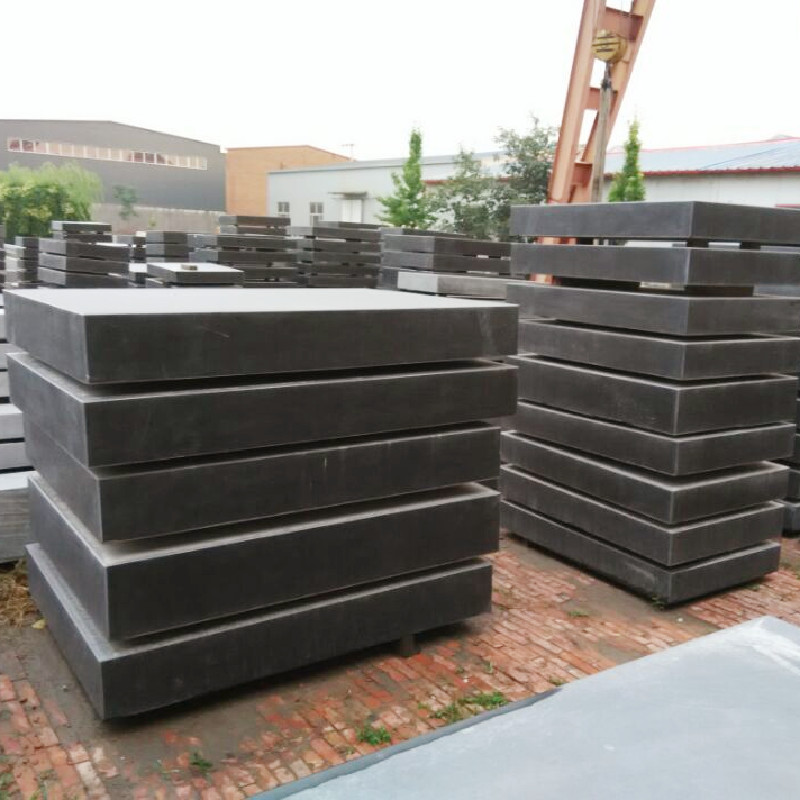តុលា . 30, 2024 17:20 Back to list
pilot check valve hydraulic
Understanding Pilot Check Valve Hydraulic Systems
Pilot check valves are crucial components in hydraulic systems, designed to facilitate controlled fluid flow while preventing backflow. These valves are especially advantageous in applications where hydraulic pressure must be regulated, and they play a key role in ensuring efficient system performance and safety.
What is a Pilot Check Valve?
A pilot check valve is a type of check valve that allows fluid to flow in one direction but can be controlled by a separate pilot line. The primary function of a check valve is to allow the passage of fluid only in a designated direction, effectively preventing backflow. However, pilot check valves offer additional benefits by incorporating a pilot system that can open the valve under specific conditions, providing more control over the hydraulic circuit.
How Do Pilot Check Valves Work?
Pilot check valves operate by using a pilot pressure source to control the opening and closing of the valve. Typically, the valve consists of a main valve and an associated pilot. When fluid flows in the desired direction, the pilot check valve remains open, allowing fluid to pass through. However, if the fluid attempts to flow back, the pilot check valve closes, stopping the reverse flow.
The valve can be opened by applying pressure to the pilot line, which lifts the valve’s disc or ball, momentarily allowing fluid to bypass back into the system. This functionality is particularly useful in applications requiring precise control of hydraulic flow, such as in hydraulic cylinders or in circuits where multiple actuators operate independently.
Applications of Pilot Check Valves
Pilot check valves are employed in various applications within the hydraulic industry. Common uses include
pilot check valve hydraulic

2. Robotics and Automation Robotics often require precise movements which can be achieved through the use of pilot check valves. They ensure that hydraulic cylinders can hold their position without consuming power, thus enhancing energy efficiency.
3. Mobile Equipment In construction and agricultural machinery, pilot check valves play a vital role in ensuring safety and preventing unwanted movements in hydraulic systems, which is crucial when equipment is in operation.
4. Industrial Machines Many industrial applications utilize pilot check valves to enhance performance and safety by optimizing fluid movement and preventing backflow, thus protecting sensitive components from damage.
Advantages of Pilot Check Valves
The advantages of pilot check valves are numerous
- Improved Control The ability to control the flow direction with a pilot line enhances the flexibility of fluid management in hydraulic systems. - Energy Efficiency By maintaining pressure without continuous power supply, pilot check valves contribute to energy savings. - Safety Features These valves help prevent potentially dangerous situations by stopping backflow and ensuring machinery operates smoothly.
Conclusion
Pilot check valves are an integral part of modern hydraulic systems, serving multiple roles ranging from regulation to safety. Their ability to allow for controlled fluid movement while simultaneously preventing backflow makes them invaluable in numerous applications. As technology advances, pilot check valves continue to evolve, offering even greater efficiency and effectiveness in hydraulic applications, ultimately contributing to more reliable and safer machinery operations. Understanding how these valves work can empower engineers and technicians to optimize hydraulic systems for better performance and enhanced safety.
-
Surface Plate Maintenance Best Practices for LongevityNewsJun.27,2025
-
Historical Evolution of Iron Surface Plates in Industrial MetrologyNewsJun.27,2025
-
Cast Iron Y Strainer Safety StandardsNewsJun.27,2025
-
Blockchain Verification for Gauge Tool Certification IntegrityNewsJun.27,2025
-
Advantages of Triple Offset Butterfly Valve Types in High-Pressure SystemsNewsJun.27,2025
-
Wear Resistance Strategies for Trapezoidal ThreadsNewsJun.26,2025
Related PRODUCTS









